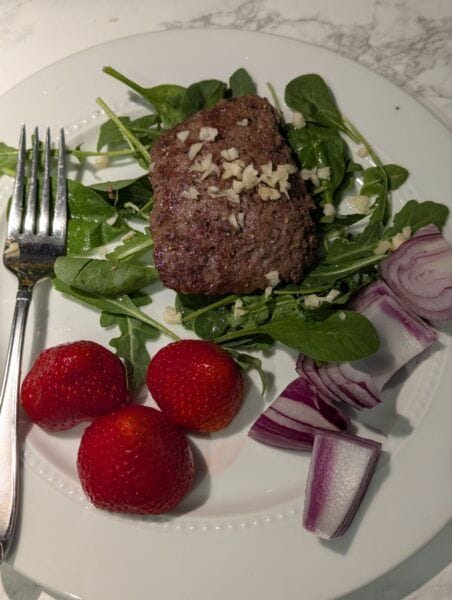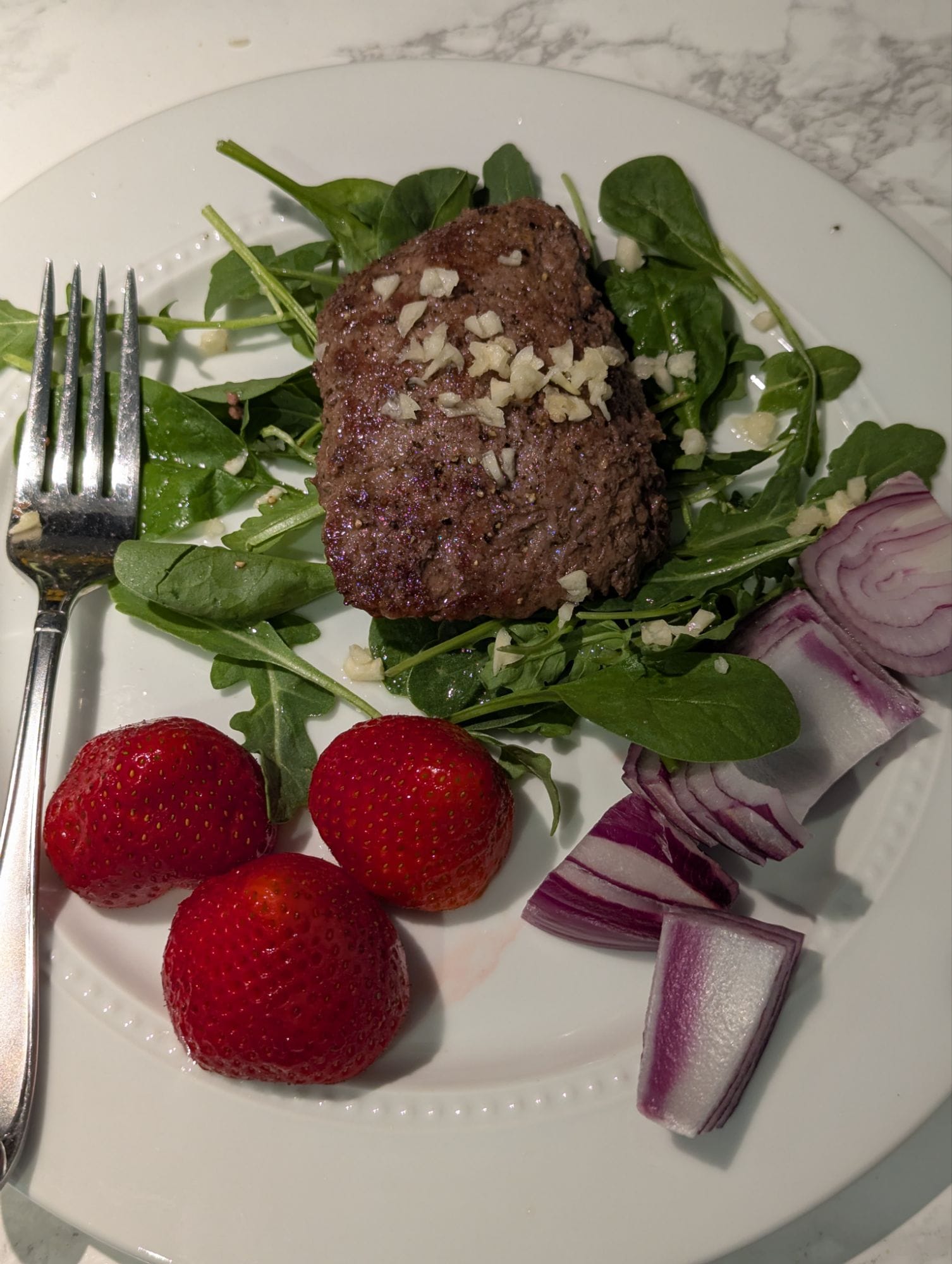The Two Faces of Vitamin K: Your Whole Foods Guide to a Healthier Heart and Bones
When we think of bone health, calcium and Vitamin D often get all the credit. But there’s a lesser-known vitamin that plays an equally vital role, and it comes in two distinct forms. Understanding the difference between these forms—and where to find them—is the key to a stronger skeleton and a healthier heart. This guide will help you navigate the world of Vitamin K and show you how to get what you need from your diet.
Vitamin K1: The Clotting Commander
Think of Vitamin K1 as the first responder for your blood. Its primary job is to activate proteins that are essential for blood clotting, helping to stop bleeding after an injury.
Where to find K1 in your Food
- The best sources of Vitamin K1 are the foods we often associate with “healthy eating”: dark green leafy vegetables.
- You’ll find a concentrated dose of Vitamin K2 in kale, spinach, collard greens, and broccoli.
Vitamin K2: The Calcium Director
This is the form of Vitamin K that is making headlines in the health and longevity space.
What does Vitamin K2 do?
- While Vitamin K1 focuses on blood, Vitamin K2 plays a critical role in calcium regulation throughout your body.
- K2 activates proteins that act like traffic cops, directing calcium to your bones and teeth while preventing it from accumulating in soft tissues like your arteries.
This is a crucial function for maintaining strong bones and protecting your cardiovascular system from plaque buildup.
Where to find K2 in your Food
Vitamin K2 is found in completely different sources. It’s produced by bacteria, so you’ll find it in fermented foods and some animal products.
Excellent whole-food sources include:
- Fermented Foods: Natto (a traditional Japanese fermented soybean dish) is one of the richest sources. You can also find notable amounts in aged cheeses like Parmesan, Brie, and Gouda.
- Fermented Dairy: Products like kefir and some yogurts also contain Vitamin K2 due to the action of their specific bacterial cultures.
- Animal Products: It is also present in grass-fed butter, egg yolks, and liver.
Pairing for Power: A Synergistic Approach

The real magic happens when you pair Vitamin K2 with other key nutrients. Your body needs Vitamin D to absorb calcium in the first place, and it’s the job of Vitamin K2 to make sure that calcium gets to the right place. Without enough of both, the calcium you’re consuming might not be fully utilized and could end up where you don’t want it.
A smart meal plan includes both forms of Vitamin K.
Try pairing a salad of spinach with aged cheese, or adding kefir to a meal with a side of steamed broccoli. By combining these foods, you’re creating a powerful partnership that works to build a stronger skeleton and keep your arteries clear.
